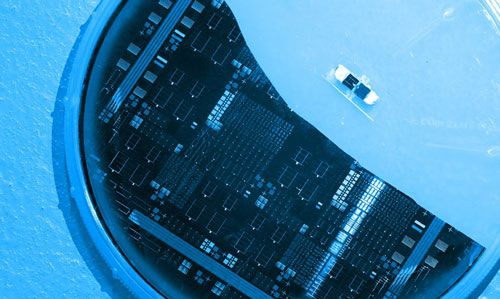35 percent efficiency.
The cost of solar power is beginning to reach price parity with cheaper fossil fuel-based electricity in many parts of the world, yet the clean energy source still accounts for slightly more than 1% of the worlds electricity mix.
To boost global solar power generation, researchers must overcome some of the technological limitations that are preventing solar power from scaling up even further, which includes the inability to develop very high-efficiency solar cells solar cells capable of converting a significant amount of sunlight into usable electrical energy at very low costs.
A team of researchers from the Masdar Institute and the Massachusetts Institute of Technology (MIT) may have found a way around the seemingly inseparable high-efficiency and high-cost linkage through an innovative multi-junction solar cell that leverages a unique step-cell design approach and low cost silicon. The new step-cell combines two different layers of sunlight-absorbing material to harvest a broader range of the suns energy while using a novel, low-cost manufacturing process.
The teams step-cell concept can reach theoretical efficiencies above 40% and estimated practical efficiencies of 35%, prompting the teams principal investigators Masdar Institutes Dr. Ammar Nayfeh, Associate Professor of Electrical Engineering and Computer Science, and MITs Dr. Eugene Fitzgerald, the Merton C. Flemings — SMA Professor of Materials Science and Engineering to plan a start-up company to commercialize the promising solar cell.
